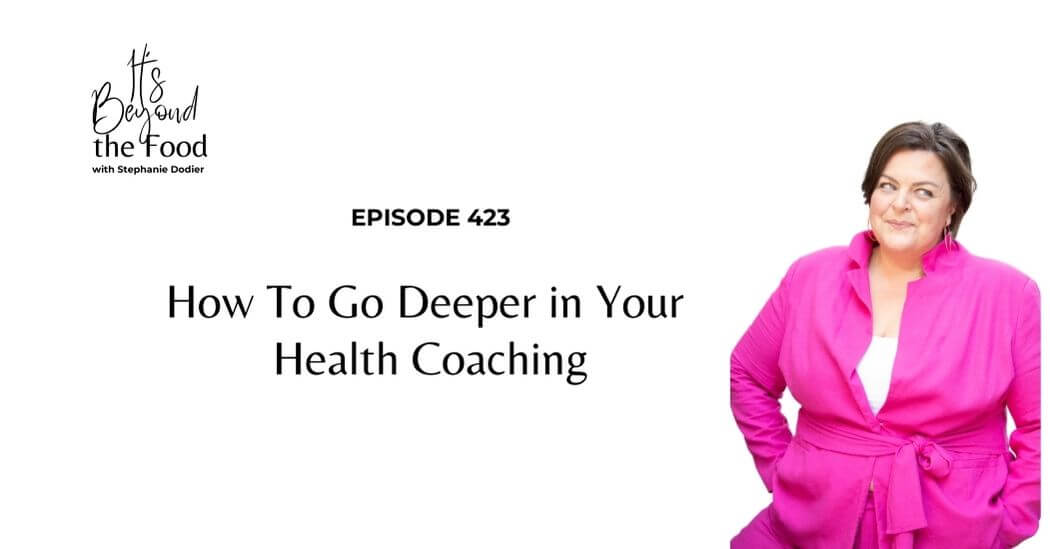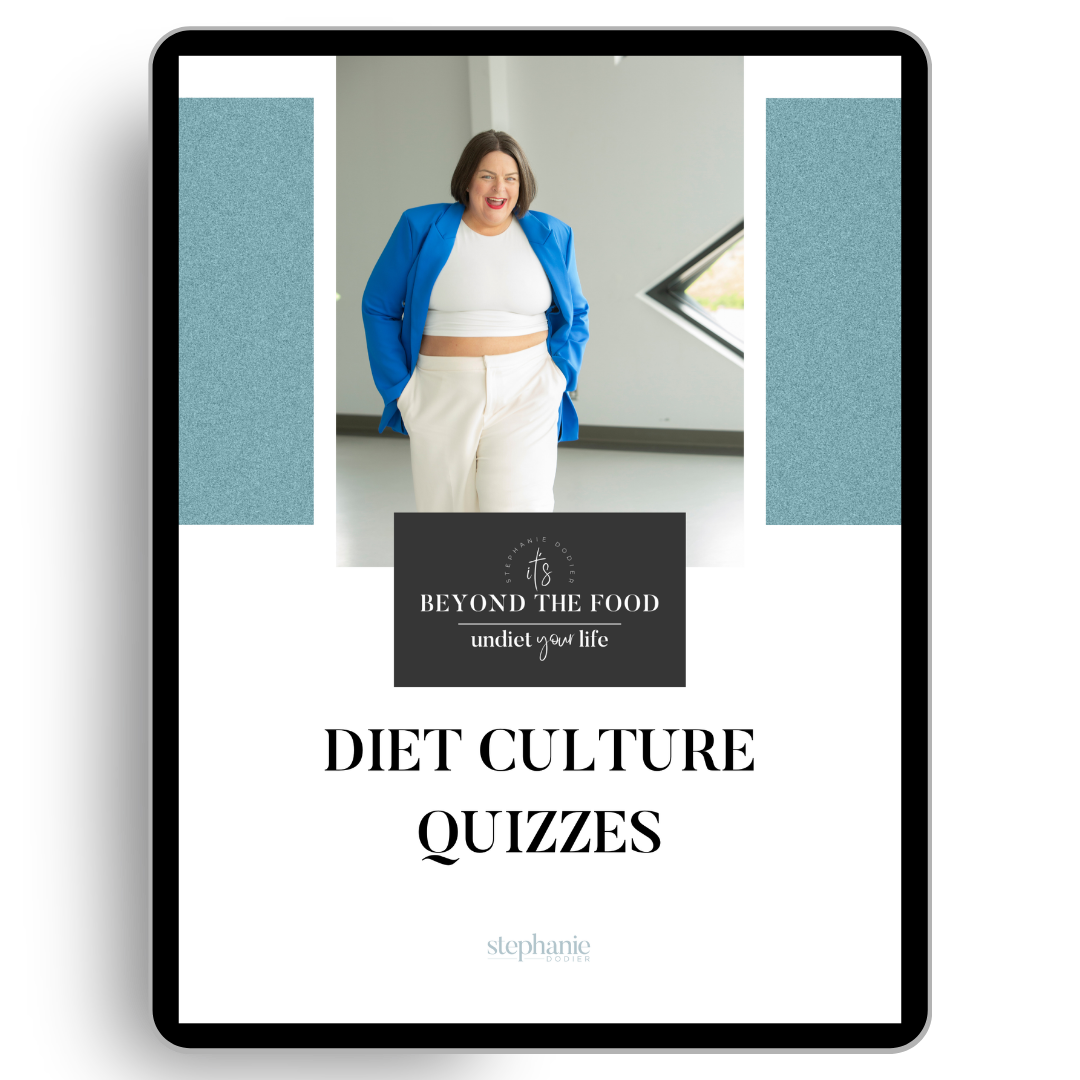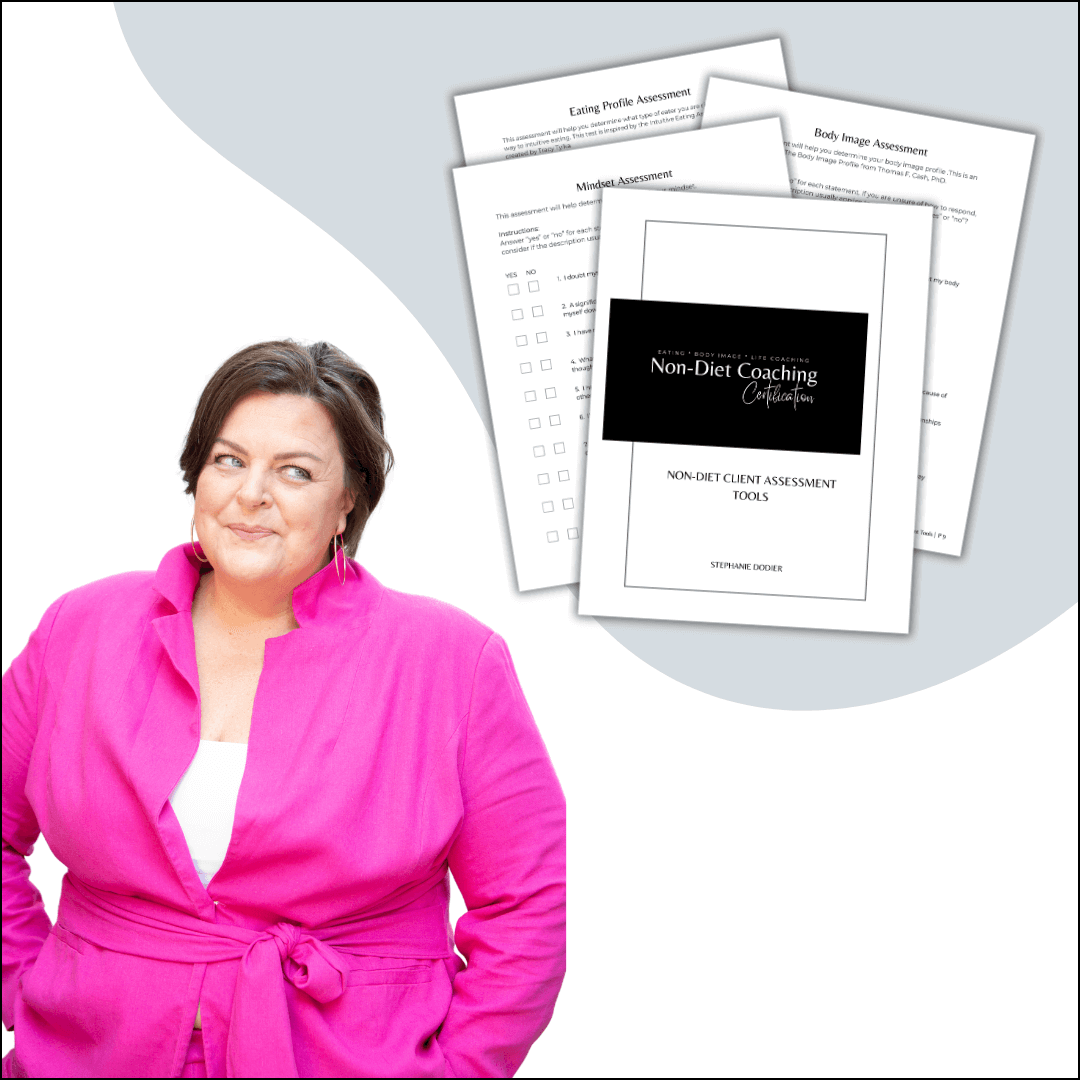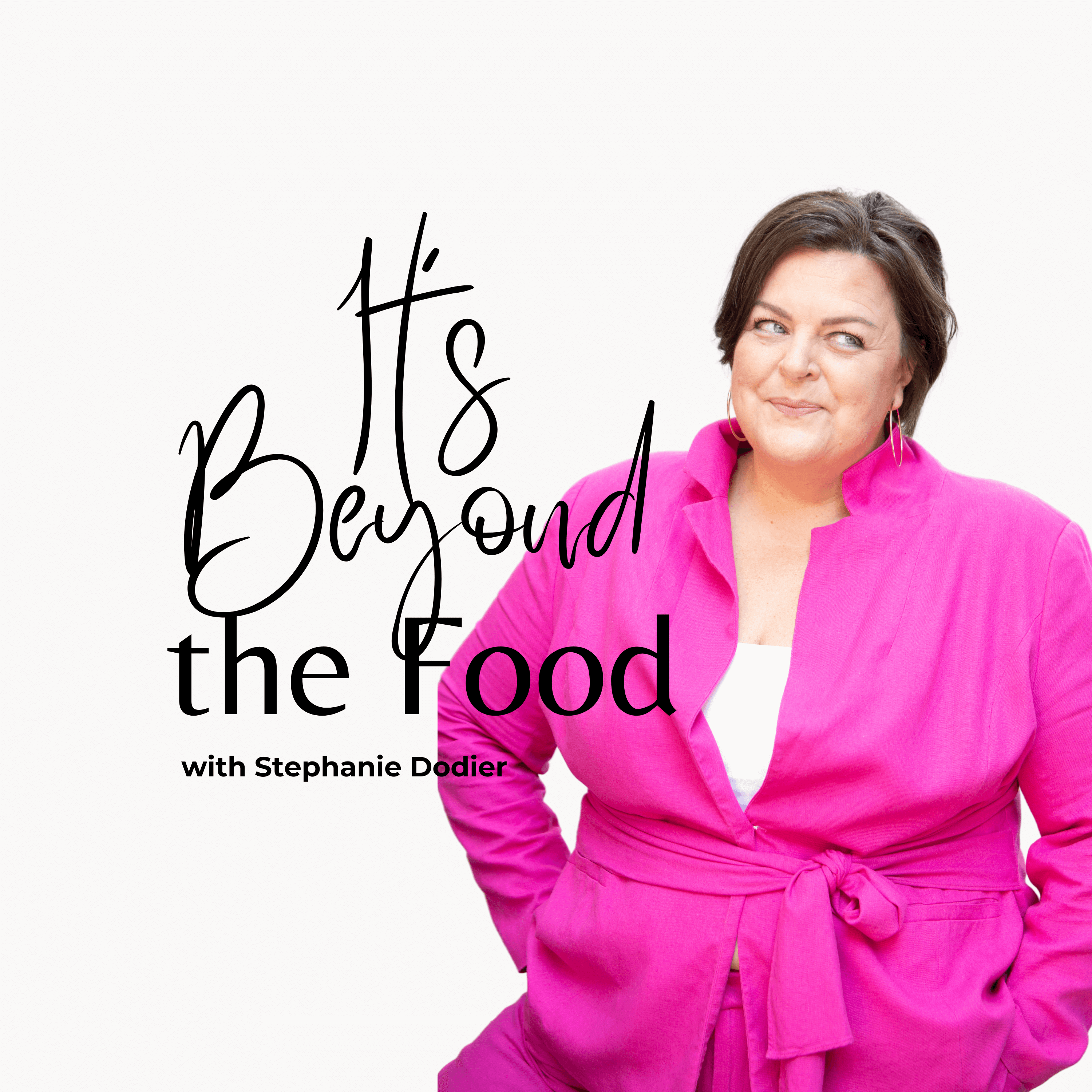
The coaching industry is changing. Clients are more informed, more discerning, and looking for real, lasting transformation. As a health coach, your ability to go deeper in your coaching will set you apart and help your clients achieve meaningful results.
In this episode of It’s Beyond The Food, I’m sharing a simple yet powerful three-step model that will take your coaching skills to the next level. This method is not only easy to use but also helps your clients create sustainable behavior change. By using this tool, you’ll be able to guide your clients through their struggles in a way that fosters long-term success.
Why Going Deeper in Coaching Matters
Clients today expect more than just surface-level advice. Many have had negative experiences with online coaching programs that didn’t deliver what was promised. They don’t want quick fixes. They want real, lasting change.
To meet this demand, health coaches must go beyond just offering tips and strategies. True transformation happens when we help our clients understand their thoughts, emotions, and behaviors at a deeper level. This is where the Going Beyond The Food Coaching Model comes in.
How To Go Deeper in Your Health Coaching: Pause, Investigate, Decide
The model I teach in my certification program is based on three simple steps:
- Pause – Create awareness and allow emotions to be present.
- Investigate – Explore the thoughts driving the client’s emotions and behaviors.
- Decide – Choose a new way of thinking that supports their goals.
Let’s break down each step in detail.
Step 1: Pause
When a client struggles with their goals, frustration and resistance often come up. The first step is to pause and bring awareness to these emotions.
Many clients have been conditioned to push through discomfort without understanding why they feel stuck. Instead, we need to guide them to acknowledge their emotions without judgment.
A simple way to do this is through riding the wave—a technique that helps clients observe their emotions in their body. By scanning up and down their body, feeling the sensations of frustration, overwhelm, or resistance, they begin to understand their emotions instead of avoiding them.
Step 2: Investigate
Once a client has acknowledged their emotions, we move to investigate. This step is about identifying the thoughts behind their feelings.
For example, if a client struggles with body image, they may say, “My body is disgusting.” Instead of accepting this as fact, we ask:
- Is this thought true, or is it an opinion?
- Where did this belief come from?
- How does this thought affect their ability to reach their goals?
By breaking down their thoughts, clients begin to see that many of their beliefs come from external influences like diet culture, not from their true selves. This awareness creates space for change.
Step 3: Decide
After investigating, we help the client decide on a new thought that supports their goals.
This isn’t about toxic positivity or forcing a new belief overnight. It’s about choosing a thought that moves them forward.
For example, instead of “My body is disgusting,” a client might decide to think, “My body is a vehicle to experience life.” This shift allows them to work toward body neutrality in a way that feels natural and sustainable.
A helpful script for this step is:
“It makes total sense that my brain thinks [old thought] because I’ve been conditioned to believe this. But today, I choose to think [new thought] instead.”
By using this approach, clients begin to retrain their brains, creating new neural pathways that support long-term change.
You Can Only Take Clients as Far as You’ve Gone
One of the biggest truths in coaching is this: You can only take your clients as far as you’ve taken yourself.
If you want to coach at a deeper level, you must first apply these tools in your own life. This means practicing emotional awareness, investigating your own thoughts, and deciding how you want to show up as a coach.
A great mindset shift to adopt is:
“I am my number one client. Every day, I practice what I teach.”
By embodying this work, you’ll naturally attract clients who are ready for deeper coaching and long-term transformation.
What You’ll Learn in This Episode on How To Go Deeper in Your Health Coaching:
- A simple three-step model to take your coaching deeper.
- How to help clients understand and process their emotions.
- Why investigating thoughts is key to behavior change.
- The role of self-coaching in becoming a better coach.
Mentioned in the show:






